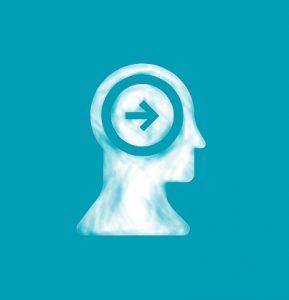About attention
PEDAGOGICAL CONSIDERATIONS
Learning and attention are two inseparable concepts. One is not possible without the other. Wherever we place attention it is possible to know, to get to know; where we do not place it, it is not possible to know, we do not get to know. It is easy to understand but it is complex to put it into practice since, in general, people find it very difficult to maintain a continuous attention, without breaks, in an object of knowledge. It is practically impossible for us, for example, to pay continuous attention to someone who is speaking to us without going into our own thoughts. And to this we must add the fact that paying attention is not a process that can be done at will.
A continuous and sustained attention is what lies behind what we know as concentration, which is nothing but a state of mindfulness without cuts to the present that is happening.
Any training program that aspires to generate learning should be able to keep attendees in a state of mindfulness. How can it be done? Is there any resource that, from a pedagogical point of view, is capable of catching attention by fixing it in the present moment? The answer, according to our experience, is yes. A training session has an impact and catches us when it combines novelty and surprise in its contributions, beauty in its approaches and a precise map that accompanies us in practice.
During the time that we have dedicated to prepare the Integral Leadership Training, these three aspects have always been present. The surprise element is given by its pioneer character, being as it is the first leadership program in our country that has the Integral Theory as a frame of reference. The beauty element emerges as the Integral Map unfolds offering a new perspective to observe the world and gain understanding. The practical element dyes the whole process and has a map that allows us to know at all times where we are, how we are doing and what paths we can take.
It is for this reason that the Integral Leadership Training program covers three key aspects simultaneously:
A continuous and sustained attention is what lies behind what we know as concentration, which is nothing but a state of mindfulness without cuts to the present that is happening.
Any training program that aspires to generate learning should be able to keep attendees in a state of mindfulness. How can it be done? Is there any resource that, from a pedagogical point of view, is capable of catching attention by fixing it in the present moment? The answer, according to our experience, is yes. A training session has an impact and catches us when it combines novelty and surprise in its contributions, beauty in its approaches and a precise map that accompanies us in practice.
During the time that we have dedicated to prepare the Integral Leadership Training, these three aspects have always been present. The surprise element is given by its pioneer character, being as it is the first leadership program in our country that has the Integral Theory as a frame of reference. The beauty element emerges as the Integral Map unfolds offering a new perspective to observe the world and gain understanding. The practical element dyes the whole process and has a map that allows us to know at all times where we are, how we are doing and what paths we can take.
It is for this reason that the Integral Leadership Training program covers three key aspects simultaneously:

1. KNOWLEDGE
A theoretical part is essential to get to know the Integral Map, its structure and its operation. Using the map, attendees broaden their perspective, become aware of aspects of themselves that were hidden and learn to use it as a tool of inquiry and analysis of any process or event.

2. PRACTICE
A practical and operative part. The Integral Map allows each participant to know himself better, to understand his own way of functioning, to find the unique and particular way of solving the difficulties they may find and to contemplate the range of possibilities that are open to grow as a leader. The program is designed so that from the first day attendees can obtain elements and have resources they can use from that very moment in the workplace.

3. EMBODIMENT
This part allows you to integrate and embody the map into yourself creating a centre of gravity from which to observe the world. The leader is forging a type of integral leadership, inclusive, conscious, that embraces multiple perspectives and that, finally, can be seen in a new way of doing and being that allows them to put into play their best version of themselves.



